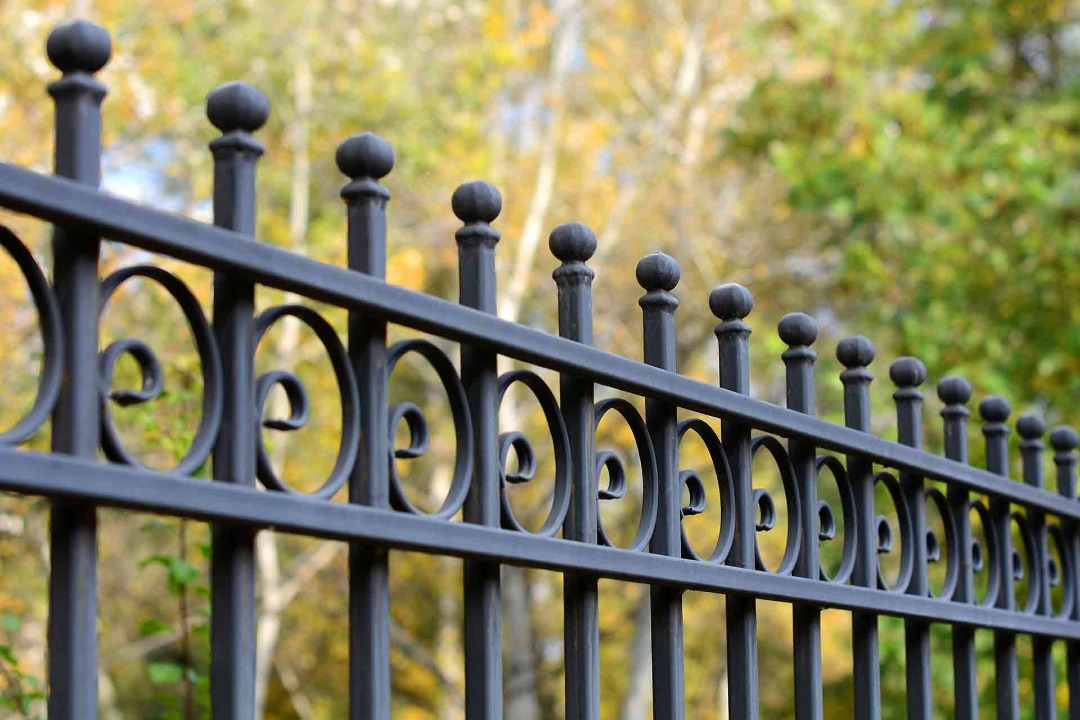Powder Coating Articles
Ask Joe Powder (4)
Joe Powder answers to reader’s questions on aspects of the powder coating process.

This article’s subjrct:
Dead flat powder coating
Hi Joe,
My team and I are currently trying to make a powder that is very low in gloss when measured at the 60-degree and 85-degree angles (approx. less than 1.6 and 4.0 respectively). Can you elaborate on how to control the gloss at these angles? Would the solution lie in the formulation itself, the process, or a little bit of both?
Regards,
Jeremy F.,
Cleveland, OH
Answer:
Hi Jeremy,
It looks like you guys are trying to push the boundaries of powder coating technology. That’s awesome. Achieving extremely low gloss, a.k.a. dead matte finishes, in any coating technology, is a formidable task. I think it is trickier in powder than liquid coatings. That said, it is possible, and some powder producers have commercialized products that exhibit this range of low gloss. The military has called for products possessing 60-degree gloss <1.0 and 85-degree gloss <3.5. Check out MIL-PRF 32348. The camo green spec calls for a 60-degree <1.0 gloss unit and the spec for black is even lower at <0.6 GUs. So commercial powder coatings exist in this gloss range. They are premium products and not all powder suppliers have them in their portfolios.
A very important question revolves around the expected (or specified) performance of the powder coating.
Color will impact the gloss as lighter colors exhibit higher gloss due to the greater reflectivity of bright pigments and alternately darker colors absorb more light and are somewhat easier to develop in lower gloss formulations.
Therefore, what color(s) do you seek? And just as important, what film performance is required? UV resistance? Mechanical flexibility? Chemical resistance? Corrosion resistance? These requirements will dictate the base chemistry of the powder coating.
You also mentioned the process. Process influences gloss, but not nearly as much as formulation. Higher temperature bake usually pushes gloss down a bit. Film thickness has an effect as well. Too thin equals more texture and possibly film continuity issues, whereas thicker films are typically smoother.
If you have any follow-up questions, just let me know.
Best of luck,
– Joe Powder
Powder Charging
Hello Joe,
Just wondering what would be the best particle size distribution for any powder and how powder charging is related to the powder volume?
Thanks,
Kaleem M.,
Ontario, Canada
Answer:
Hello Kaleem,
Particle size distribution is critical to successful application of a powder coating. The “best” particle size depends on what you are coating and how thick you intend to coat the item. For example, if you are trying to coat a relatively simple object around 50 microns (2.0 mils), then a median particle size diameter of 35 to 40 microns will suffice.
It’s also very important to consider the distribution, not only the median particle size. It’s critical to avoid a high concentration of “fines” or small particles. Fines are defined as the particles less than 10 microns in diameter. In general, it is best to have a less than 8 percent concentration of fines. Fines cause a number of problems. They make it difficult to fluidized the powder, which interferes with transport performance through system hoses. Fines also have a tendency to “overcharge.” They attain a high charge-to-mass ratio, which makes film build difficult especially in tight inside corners (Faraday Cages). Fines also have a tendency to clump and absorb moisture due to their high surface area. Are you convinced that fines are bad news in powder?
Large particles (> 100 microns) can also cause problems. These boulders have trouble making it to the substrate because of their high mass. Gravity pulls them to the bottom of your booth reducing your transfer efficiency. The ones that make it to your part will cause increased texture.
Speaking of texture, if you are applying a textured powder you will want a much coarser particle size. Depending on the texture desired, the median particle size may be as high as 70 to 80 microns. A powder with such a large median size won’t have many fines. You must pay attention to the large particle size fraction, however. Really big particles (> 200 microns) may cause undue and uneven texture.
I hope this answers your question.
Kind regards,
– Joe Powder
Faraday Cage effect
Joe,
We fabricate and install or namental iron fence and we are having some finish issues. For years we used a wet paint system for our fence but have swapped over to all powder coating in the past couple of years. We have a powder coating system, but we are still working on making code enforcement happy before we can use it. For now, we are outsourcing coating, but I would like to know how to prevent this before we coat for ourselves.
I read one of your columns that discusses a “Faraday Cage” effect and it seems like this may be the same issue we are having but I am not sure. I attached a picture from a job we are fighting with now for your reference.

You can see the issue is coming from the small space where the vertical picket goes through the punched channel runners. There is no coating in that tight space and after a little time, it starts to rust and quickly turns into a mess. It is quite expensive when we have this problem and I would like to find a way to cure this issue, so we do not have to spend days with a foam brush touching up all these rusted spots once the fence is installed. Fencing may be a unique situation since it is installed (post in concrete and panels welded in) by the time this issue shows up so we cannot simply just blast it and start over. Any advice you have
would be greatly appreciated.
Thank you,
Dan T.,
Memphis, TN
Answer:
Hi Dan,

This is a very common problem with architectural steel fabrication. As the article you cited describes, the “Faraday Cage” effect refers to an electrostatically dead area where two surfaces intersect creating an inside corner. Charge accumulates everywhere except the inside corner. The tighter the corner, the worse the effect. The boilerplate recommendations include ensuring a good ground, reducing the current at the gun tip, and using a slotted gun tip rather than a fan spray tip. Furthermore, using a spray gun that has automatic charge control can often eliminate the problem as these guns detect an increase in charge build-up and automatically cut back the current as the powder flows out of the gun.
Another useful technique is to preheat the part and manually hit (spray) the tight corners while the part is still warm. 175 to 200 degrees Fahrenheit is a good temperature range. After the tough spots are coated you can take your time applying the powder to the easy surfaces.
It sounds like you are in the midst of installing a powder application system in your own plant. The equipment you are about to commission probably has automatic charge control which will minimize, if not eliminate, the coverage issue that you have observed. Make sure that you explain to your equipment supplier the intricacy of your parts and the need for complete coverage. They can help you with gun settings and programs for various application situations including Faraday Cages, recoats, and thick film build.
Good luck, Dan.
Best regards,
– Joe Powder
Reference:
https://digital.powdercoatedtough.com/2019/13-04-Jul-Aug/#p=34
